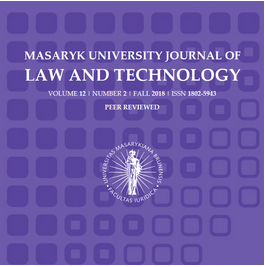Encountering the Orient/Islam - Re-Reading Cyber-Narratival Heteronormativity
Encountering the Orient/Islam - Re-Reading Cyber-Narratival Heteronormativity
Author(s): Terenjit Singh SeveaSubject(s): Structuralism and Post-Structuralism, Cultural Anthropology / Ethnology, Culture and social structure , ICT Information and Communications Technologies
Published by: Masarykova univerzita nakladatelství
Summary/Abstract: This paper examines how heteronormativity operates as a mechanism of representation in cyber-narratives.1 I insinuate that post-structural analyses should be further appropriated in understanding cyberspace as a realm of power/discipline. Cyber-narratives on the “Muslim woman” for example are complex processes of disciplining into being “mute as ever” (Spivak 1988: 294). This paper ultimately re-reads cyberspace as a heteronormative realm imbricating “sexuality” and “race” (as technologies), and regularly representing the normal/abnormal, white/brown, man/woman as unproblematic, fixed categories (Butler 1990). Paraphrasing critiques of visual filmic narratives, the subsequent sections unravel how cyberspace creates unproblematic gendered and racialized “naked [read objective] bodies” of brown/white/men/women (Jameson 1990: 1). Michel Foucault (1978) and Judith Butler (1990, 1993), in their genealogies of sexuality, have examined how visual objectivity of the body itself are processes of control/discipline. This paper is an endeavour towards adapting such genealogies to cyberspace.
Journal: Masaryk University Journal of Law and Technology
- Issue Year: 1/2007
- Issue No: 2
- Page Range: 275-281
- Page Count: 7
- Language: English

